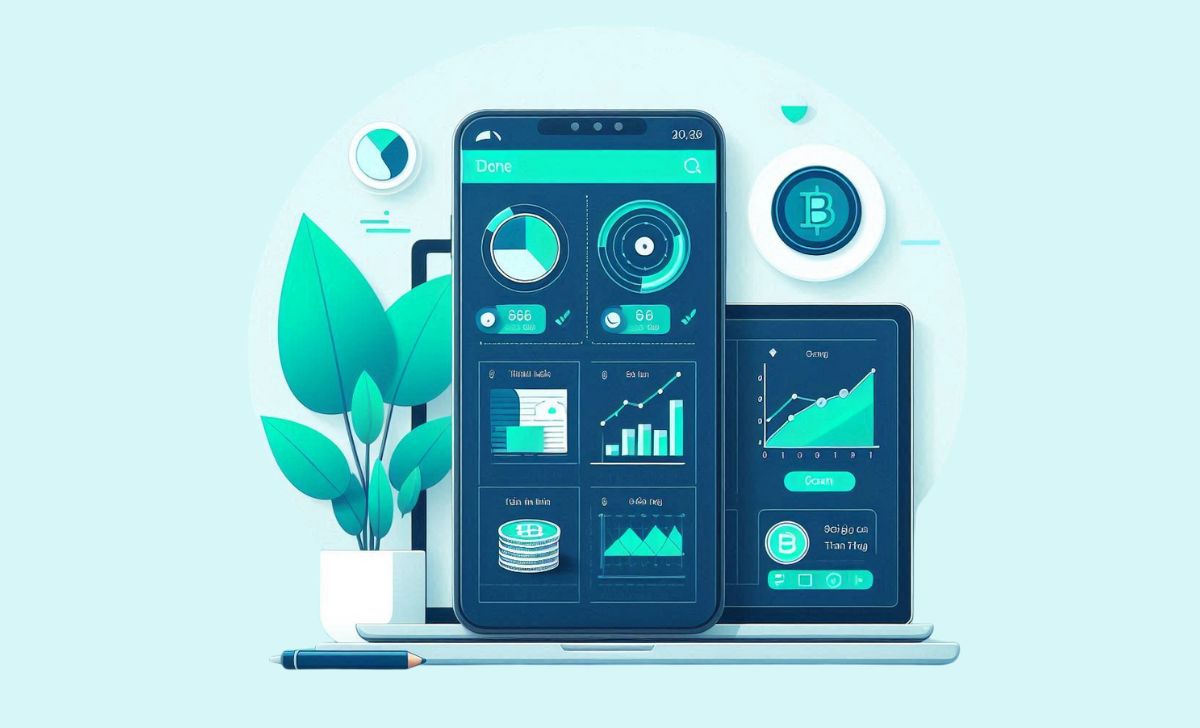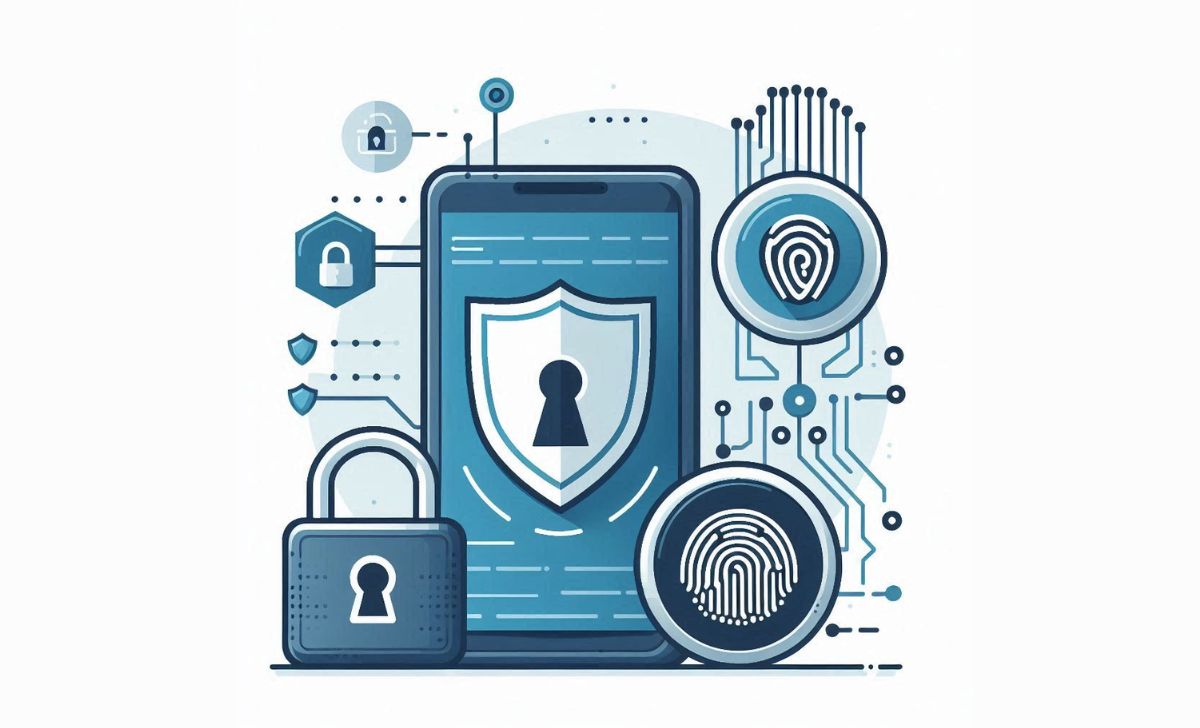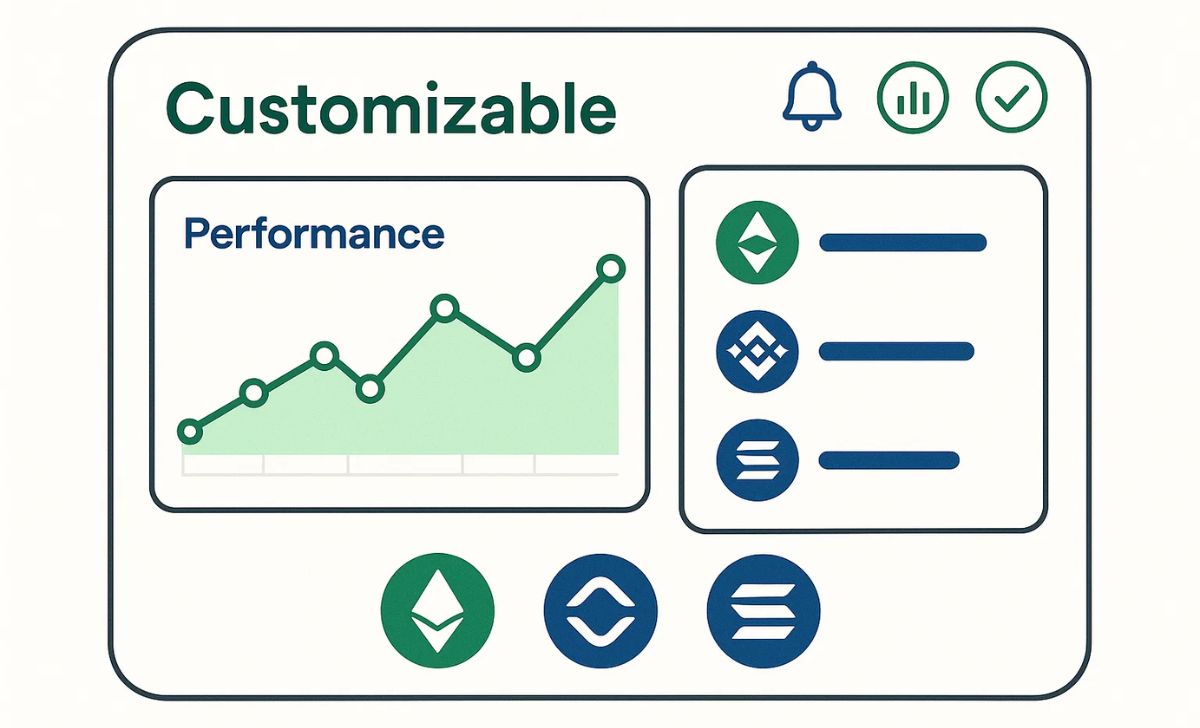DeFi apps are decentralized financial applications that enable trading, lending, borrowing, staking, swapping, and digital asset management directly on the blockchain without intermediaries. Platforms like Aave, Uniswap, and Zapper stand out with user-friendly interfaces, multi-chain support, portfolio management, and real-time performance reports.
For security, DeFi apps use open-source smart contracts, multi-layer authentication, and do not store private keys, allowing users to control their assets and monitor investments safely across multiple blockchains. If you want to optimize asset management and enjoy a secure DeFi experience, explore the in-depth analysis from TOPCOIN9 below.
Overview of DeFi Apps

DeFi apps are blockchain-based platforms that provide financial services like lending, trading, and insurance without banks or brokers (Wikipedia, 2020; The Wharton School, 2021). They use smart contracts to enable peer-to-peer transactions, transparency, and global access at any time (Wikipedia, 2020; Rutgers Business School, 2023).
Open-source and accessible via wallets such as MetaMask, DeFi apps give users full control over assets but also introduce risks like smart contract bugs and evolving regulations (Wikipedia, 2020; The Wharton School, 2021).
With the rapid rise of the metaverse and digital economies, DeFi apps are becoming essential tools for managing assets, trading, and participating in virtual worlds. Many metaverse projects now integrate DeFi features, allowing users to stake, lend, and swap tokens directly within immersive environments.
With a foundational understanding of DeFi apps and their role in the decentralized finance ecosystem, let’s explore the key features that distinguish these applications from traditional financial tools.
Key Features of DeFi Apps

DeFi apps stand out for their unique technical and functional characteristics, transforming how users access and manage financial services (Wikipedia, 2020; The Wharton School, 2021).
- Decentralized and Non-Custodial: Users interact directly with smart contracts on blockchains, retaining full control over their assets without intermediaries (Wikipedia, 2020; Business.Rutgers.edu, 2023).
- Smart Contract Automation: Financial services such as lending, borrowing, trading, and insurance are executed automatically via open-source smart contracts, increasing efficiency and transparency (Wikipedia, 2020; The Wharton School, 2021).
- Permissionless and Global Access: Anyone can use DeFi apps from anywhere, 24/7, without needing approval from banks or brokers (Business.Rutgers.edu, 2023; Wikipedia, 2020).
- Composability: DeFi protocols are highly modular, allowing users to combine multiple services (e.g., lending, trading, staking) for complex financial strategies (Wikipedia, 2020).
- Transparency and Auditability: All transactions and smart contract code are publicly visible on the blockchain, enabling independent verification and greater trust (Wikipedia, 2020; CFTC.gov, 2024).
- Innovative Financial Products: Features like flash loans, yield farming, and decentralized exchanges (DEXs) offer new ways to earn, trade, and manage risk (Wikipedia, 2020; The Wharton School, 2021).
These features make DeFi apps a powerful alternative to traditional finance, but users must remain aware of risks such as smart contract bugs and regulatory uncertainty (Wikipedia, 2020; CFTC.gov, 2024).
Having highlighted the main features, it’s essential to address the security considerations that users should keep in mind when interacting with DeFi apps.
Security in DeFi Apps

Security is a critical concern in DeFi apps, as these platforms are frequent targets for hacks, scams, and smart contract vulnerabilities (Wikipedia, 2020; Georgia Tech, 2024; Financial Research Advisory Committee, U.S. Treasury, 2023).
- Smart Contract Risks: Coding errors, reentrancy bugs, and logic flaws can be exploited, leading to major losses such as the DAO attack and cross-chain bridge exploits (Wikipedia, 2020; Georgia Tech, 2024).
- Hacks and Exploits: In 2023 alone, DeFi platforms lost $1.95 billion to attacks, including price oracle manipulation, private key leaks, and front-end phishing (Georgia Tech, 2024).
- Rug Pulls and Scams: Open, permissionless design allows anyone to launch DeFi projects, increasing the risk of rug pulls and fraudulent schemes (Wikipedia, 2020; Georgia Tech, 2024).
- User Risks: Lack of KYC, irreversible transactions, and phishing attacks can result in permanent loss of funds for users (Wikipedia, 2020).
- Best Practices: Security audits by third parties, open-source code, and community validation are essential for reducing risks (Immunebytes, 2023; Financial Research Advisory Committee, U.S. Treasury, 2023).
- Regulatory Outlook: U.S. regulators recommend industry-wide standards, regular audits, and a self-regulatory organization to improve DeFi security and compliance (Financial Research Advisory Committee, U.S. Treasury, 2023).
Users should stay vigilant, use audited protocols, and follow best security practices to minimize risk in the DeFi ecosystem (Wikipedia, 2020; Georgia Tech, 2024; Financial Research Advisory Committee, U.S. Treasury, 2023).
Beyond security, effective portfolio management is another critical aspect that DeFi apps bring to digital asset holders.
Portfolio Management with DeFi Apps

DeFi apps provide powerful tools for tracking, managing, and optimizing crypto portfolios, enabling users to monitor assets across multiple protocols and blockchains in real time (Wikipedia, 2022; MIT Sloan, 2023).
- Unified Dashboard: Users can view all DeFi holdings, including tokens, staked assets, and NFTs, in a single interface, simplifying portfolio oversight (Wikipedia, 2022).
- Automated Analytics: Advanced DeFi apps offer real-time analytics, profit/loss tracking, yield projections, and risk assessment, empowering users to make informed decisions (MIT Sloan, 2023).
- Cross-Protocol Integration: Leading platforms aggregate data from various DeFi protocols (e.g., lending, DEXs, yield farms), providing a holistic view of portfolio performance (Wikipedia, 2022).
- Security and Privacy: Non-custodial design ensures users maintain control of private keys, while secure API and wallet connections protect sensitive information (MIT Sloan, 2023).
- Tax and Reporting Tools: Many DeFi portfolio managers generate transaction histories and tax reports, aiding compliance and simplifying accounting (MIT Sloan, 2023).
Effective portfolio management with DeFi apps helps users optimize returns, manage risk, and maintain transparency in the fast-evolving decentralized finance landscape (Wikipedia, 2022; MIT Sloan, 2023).
After examining portfolio management capabilities, the next step is to review some of the best DeFi apps currently available for users seeking both innovation and reliability.
Best DeFi Apps
The best DeFi apps deliver secure, decentralized financial services such as trading, lending, and staking, with leading platforms recognized for innovation and user trust (Wikipedia, 2020; The Wharton School, 2021).
- Uniswap: A top decentralized exchange (DEX) on Ethereum, known for high liquidity, user-friendly interface, and billions in daily trading volume (Wikipedia, 2020; Rapid Innovation, 2024; Columbia Law School, 2025).
- Aave: A leading lending and borrowing protocol, offering features like flash loans and a high total value locked (TVL) (Wikipedia, 2020; Rapid Innovation, 2024).
- 1inch: A DEX aggregator that enables users to find the best token swap rates across multiple platforms (Alchemy, 2025).
- GMX: A decentralized derivatives exchange with advanced trading features and strong security (Alchemy, 2025).
- Sushi: A multichain DEX supporting a wide range of tokens and yield farming options (Wikipedia, 2020; Alchemy, 2025).
- Raydium: A Solana-based DEX offering fast swaps and deep liquidity for SPL tokens (Alchemy, 2025).
As the metaverse expands and new digital economies emerge, DeFi apps are playing a vital role in enabling users to manage assets, participate in NFT marketplaces, and interact with virtual worlds. For example, tracking the bonk total supply or staking tokens in metaverse games can now be done directly through integrated DeFi platforms.
These DeFi apps are widely used for their transparency, composability, and non-custodial design, but users should always assess security and regulatory risks before participating (Wikipedia, 2020; Columbia Law School, 2025).
DeFi apps transform finance with decentralized access, innovative features, and advanced portfolio management tools. While they offer transparency and user control, security remains a top priority for all participants. For expert insights and the latest updates on DeFi trends, follow TOPCOIN9.

Sophia Mitchell is a passionate crypto educator with 6+ years of experience in blockchain training and community building. She has led educational initiatives for major crypto platforms and now empowers the TopCoin9 audience with valuable insights into Web3, staking, and DeFi.
Email: [email protected]












